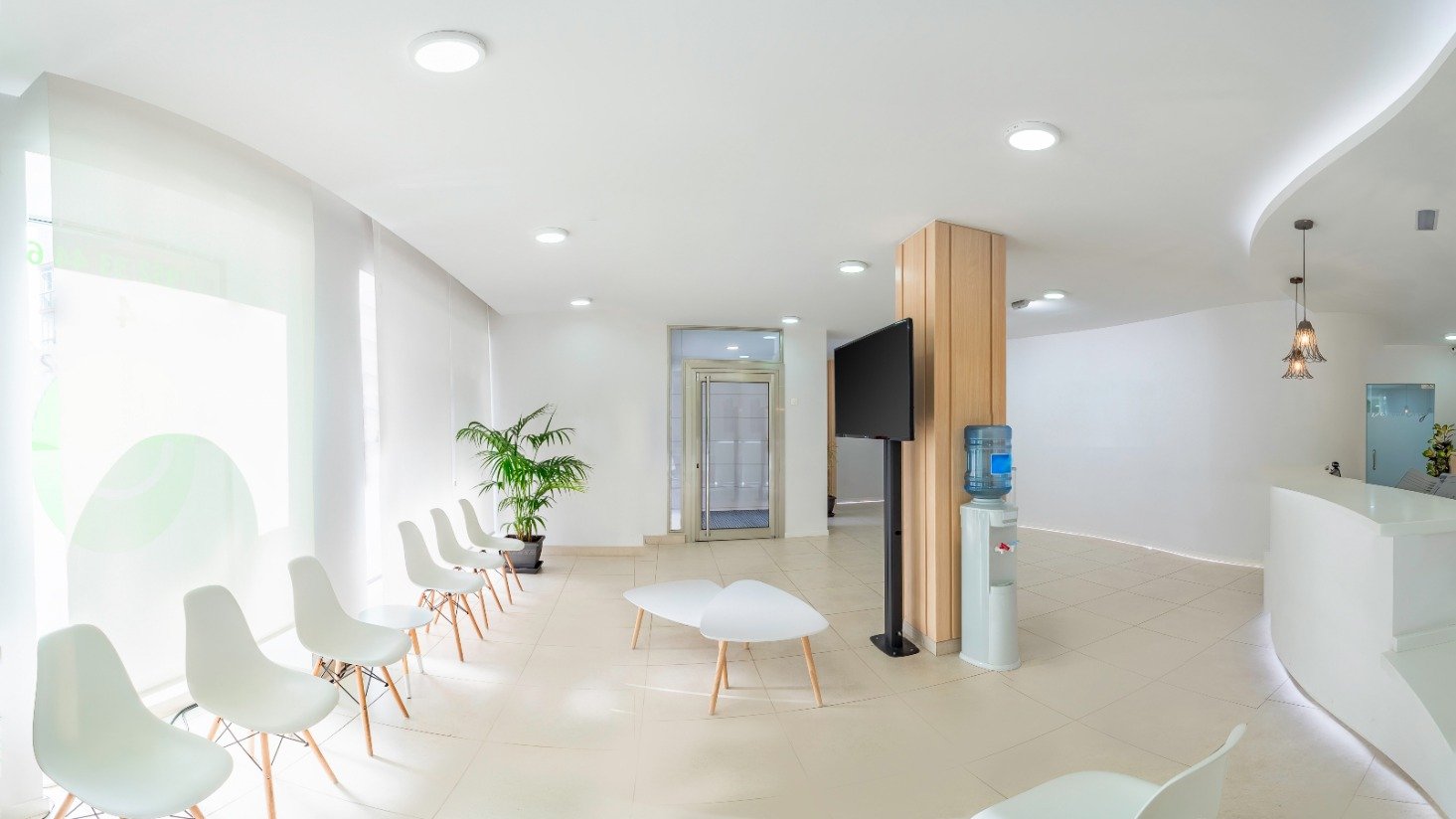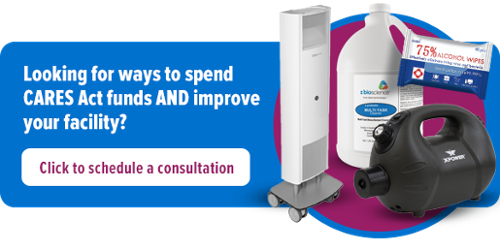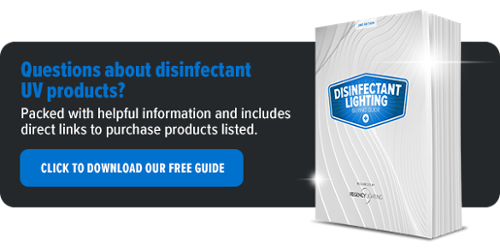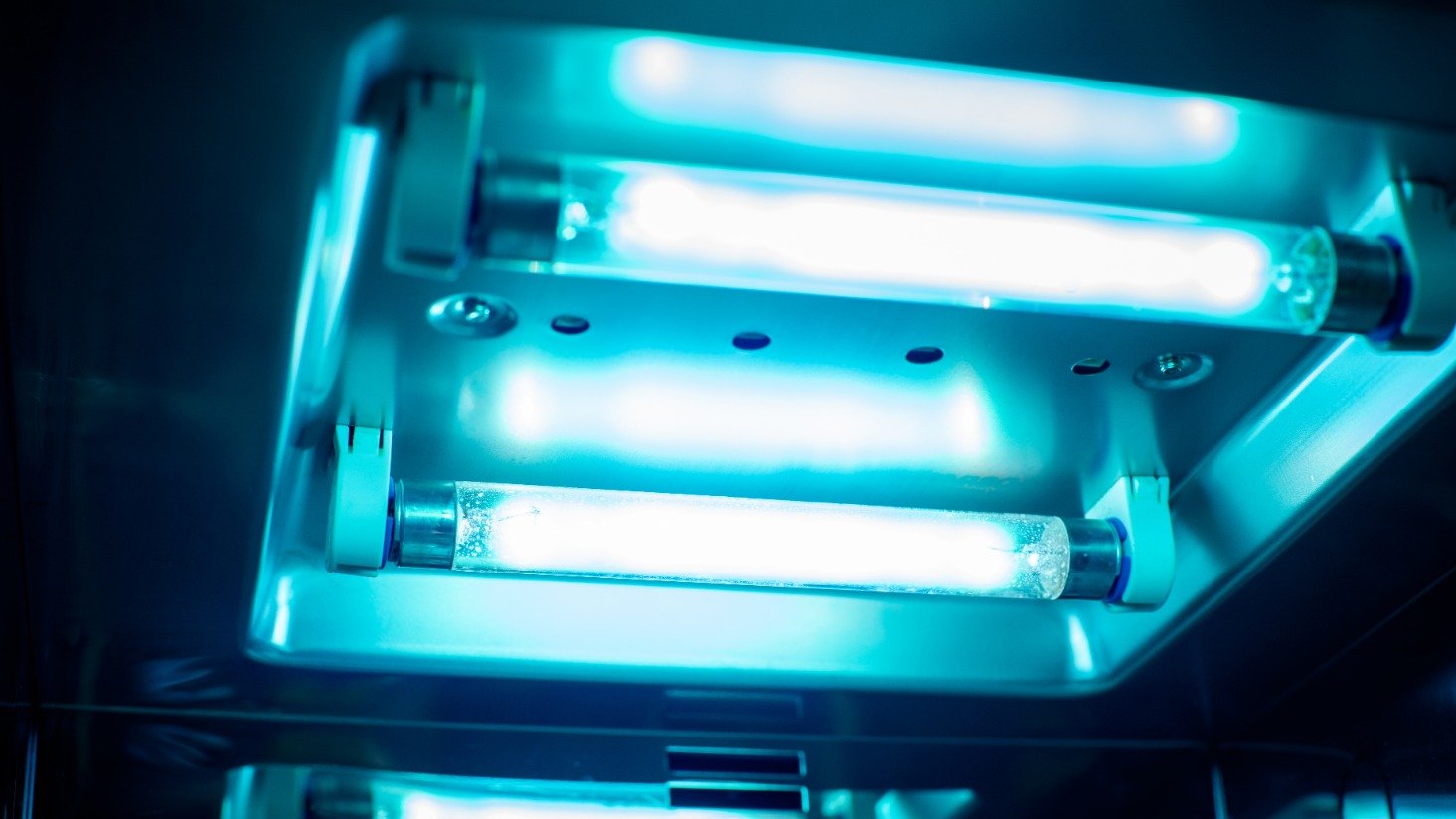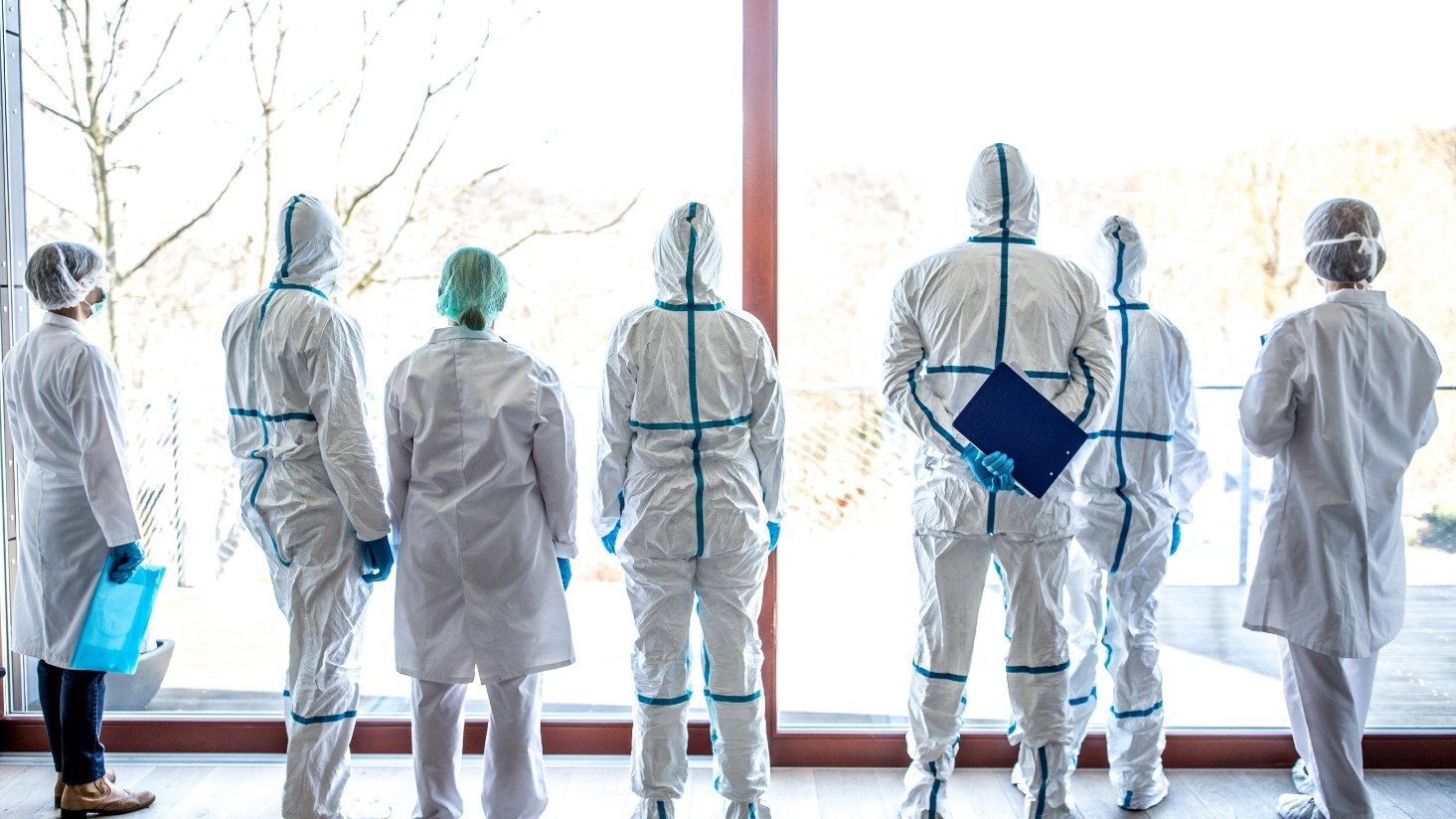How much does upper-air germicidal UV cost?
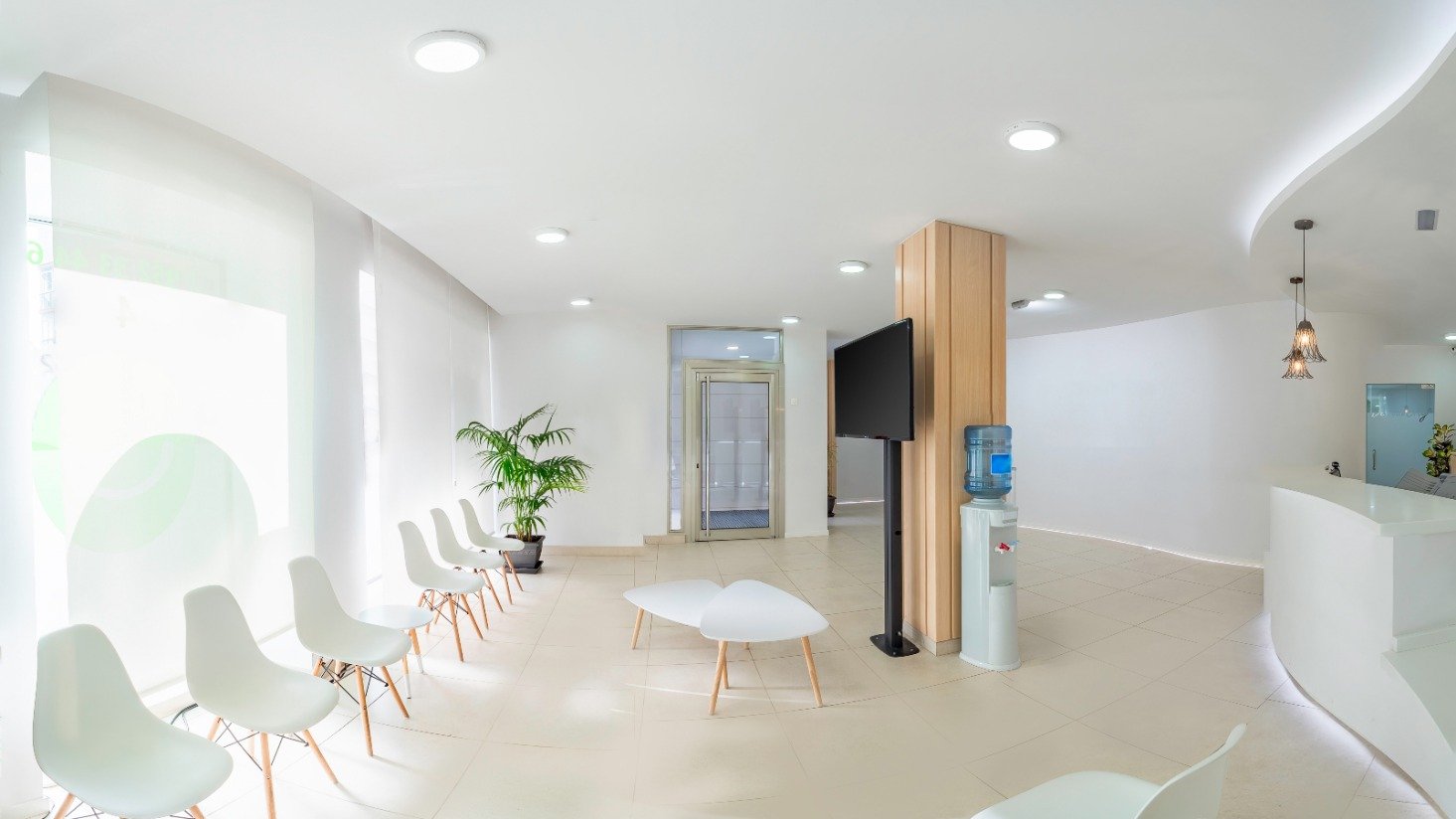 It may seem impossible to keep high-traffic areas free of germs. Areas like waiting rooms, lobbies, or retail stores are typically crowded and hard to disinfect because so many people are around.
It may seem impossible to keep high-traffic areas free of germs. Areas like waiting rooms, lobbies, or retail stores are typically crowded and hard to disinfect because so many people are around.
This is where one type of ultraviolet lighting product really shines. It's called upper-air (or upper-room) germicidal UV and it's so effective because it works constantly, even while people are in the room.
If you're not sold on this method yet, consider these points:
- A scientist from Columbia University recently said he's proven that ultraviolet light can inactivate SARS-CoV-2, the virus that causes COVID-19.
- The Illuminating Engineering Society (IES), a trusted resource for the lighting industry, lists upper-room UV as the most effective method for disinfecting air.
- UV-C products and fixtures have been around for decades, primarily used in healthcare settings. When manufacturer guidelines and safety measures are followed, they are an extremely effective way to disinfect areas.
First, let's dive deeper into how these products keep your busiest areas clean. Then, we'll tackle the cost based on square footage.
What is upper-air UVC?
Upper-air or upper-room germicidal UV units continuously emit UV-C rays to disinfect the air in a room with high ceilings.
Since UV-C energy can be harmful to skin and eyes, this method of disinfection only works with specially designed fixtures that are properly installed.
There is a very limited risk of exposure when safety measures are followed correctly.
How upper-air germicidal UV works
Upper-air units only emit UV-C light in the top portion of a room or area, above people's heads. So how do they disinfect an entire room?
The air in any room is constantly mixing, even without the assistance of HVAC ventilation or fans. The same air that's above our heads eventually makes it way to lower spaces.
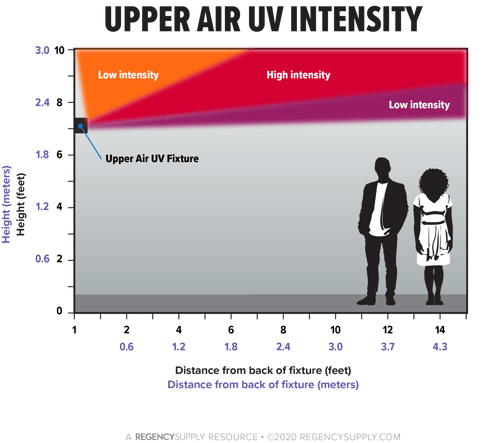
Upper-air germicidal UV is more effective when there are fans or HVAC because they increase the amount of air moving from the upper space to a lower space, or air changes per hour (ACH).
One study noted by the IES found good air mixing results in very high ACH even in the lower space (up to 24 air changes per hour).
Why upper-air germicidal UV is effective
Upper-room germicidal UV fixtures constantly run so the air is disinfected all the time. This can help prevent airborne transmission of viruses and bacteria. Many other products only disinfect surfaces and cannot prevent transmission.
For example, germicidal UV products that disinfect surfaces (like hand-held wands or mobile UV units) are only effective until pathogens hit the surface again. Even germicidal UV fixtures for HVAC equipment do little to prevent person to person transmission.
The IES references two studies that have shown upper-room UV fixtures to be about 80% effective against the spread of tuberculosis (TB).
80% may seem low compared to other products that claim can inactivate up to 99.9% of pathogens. But remember, we are talking about the transmission of germs from person-to-person, not how well the product kills pathogens. Given that perspective, 80% effectiveness is very high.
Building requirements for upper-room germicidal UV
Upper-air UV units should only be installed in buildings with ceilings that are more than seven feet tall. That should place the UV-C energy level above the heads of customers, patients, and employees.
If your space is smaller or has much higher ceilings, there are still upper-room UV options that can work for you. Contact us for a free lighting consultation.
Upper-air units have very few limitations beyond the ceiling height requirement. They can be used in patient waiting rooms, busy retail areas, crowded restaurants, school classrooms, or lobbies.
Cost for upper-air germicidal UV
Like any other lighting project, the cost for upper-air germicidal UV will vary by space and square footage. It will also depend on the amount of coverage you want. There is no one-size-fits-all approach.
But we've created a four-step process to help you get an idea on how much you'll spend to install upper-air germicidal UV products.
1. Identify high-traffic areas
Step 1: Identify areas where upper-air fixtures will work. They are not a good match for rooms or areas with short ceilings.
If you're looking at a larger area, you may have to install multiple units to get the coverage you want.
As you think about high-traffic areas, go ahead and calculate the room dimensions. This will save you time on the next steps.
2. Identify appropriate products
Step 2: Identify the products appropriate for your space.
As with other UV lighting products, upper-air germicidal UV fixtures must be properly installed and maintained in order to work effectively and meet safety recommendations.
Prices of products listed below are updated as of the publish date on this article and may change based on market pricing.
Light Progress offers an upper-air unit called the UV FLOW. These fixtures use a reflector and a honeycomb filter to direct UV-C rays in the upper space in a room.
There are two options based on the size of your space.
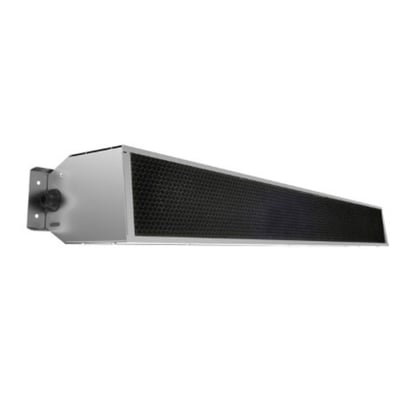 |
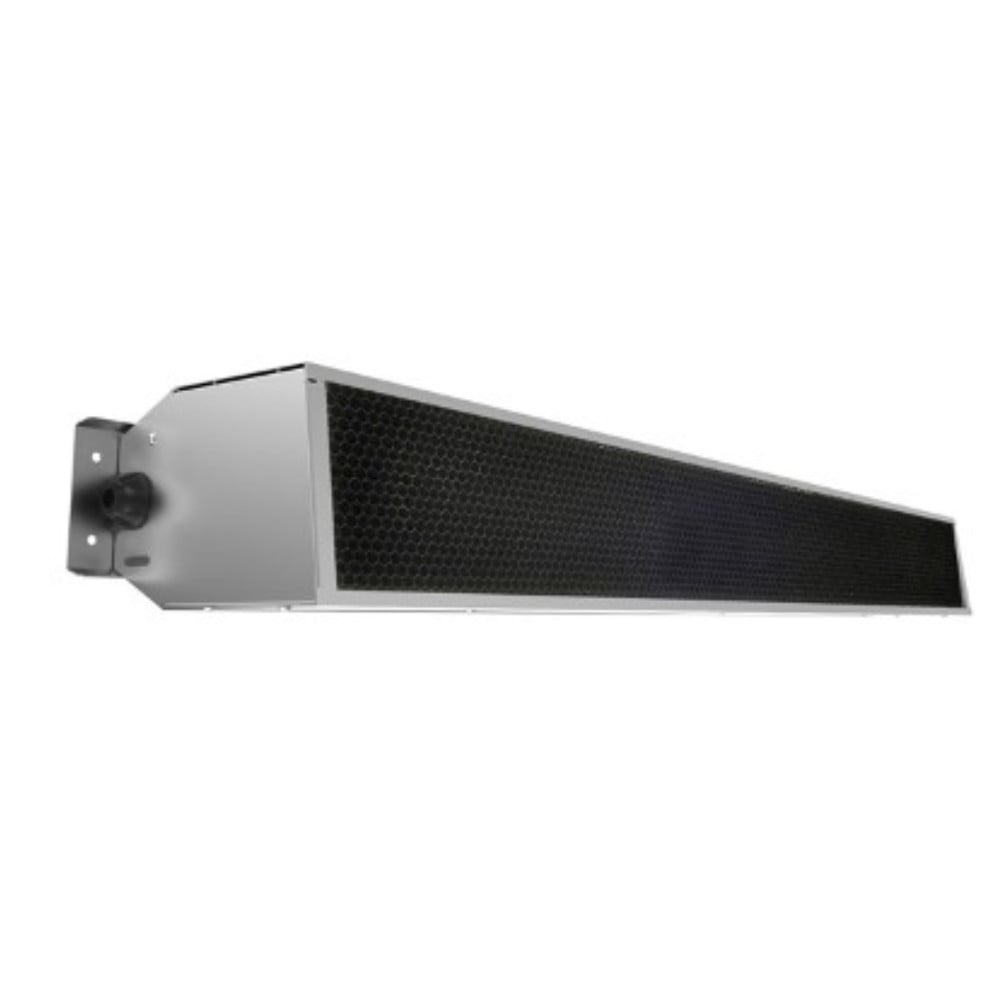 |
| Light Progress UV Flow E75 View product |
Light Progress UV Flow E40 View product |
| Coverage: Around 300 square feet | Coverage: Around 200 square feet |
| Price: Starting at $1,510 | Price: Starting at $1,332 |
American Ultraviolet®, a manufacturer that has produced UV products since the 1960s, offers three different upper-air fixtures.
The TB and the CM series are traditional upper-air units. The CM was designed to fit in corners for smaller rooms.
The RAM is an enclosed fixture that uses fans to help pull air in and out of the unit.
Here are the product specifications:
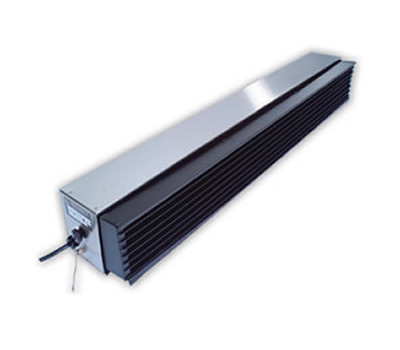 |
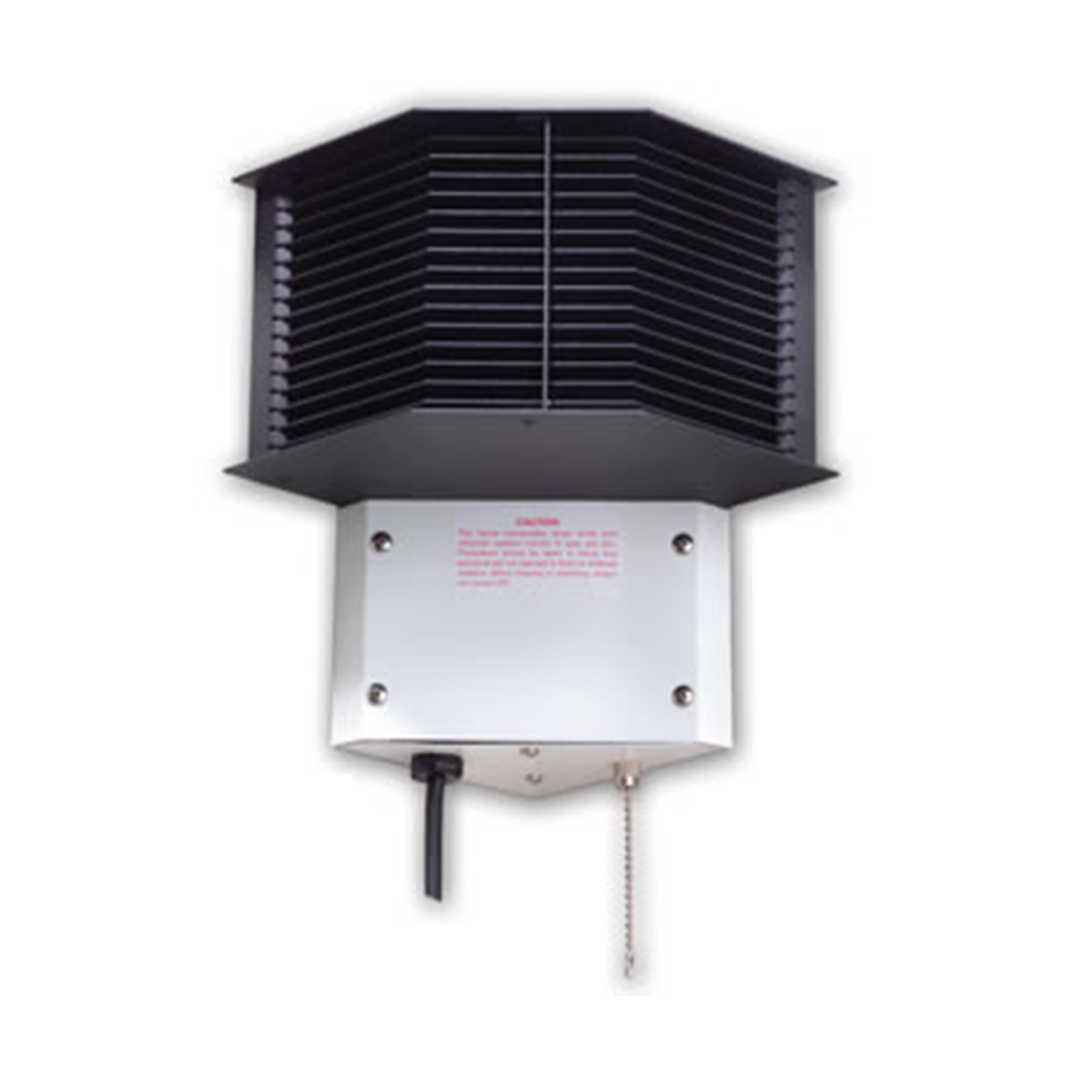 |
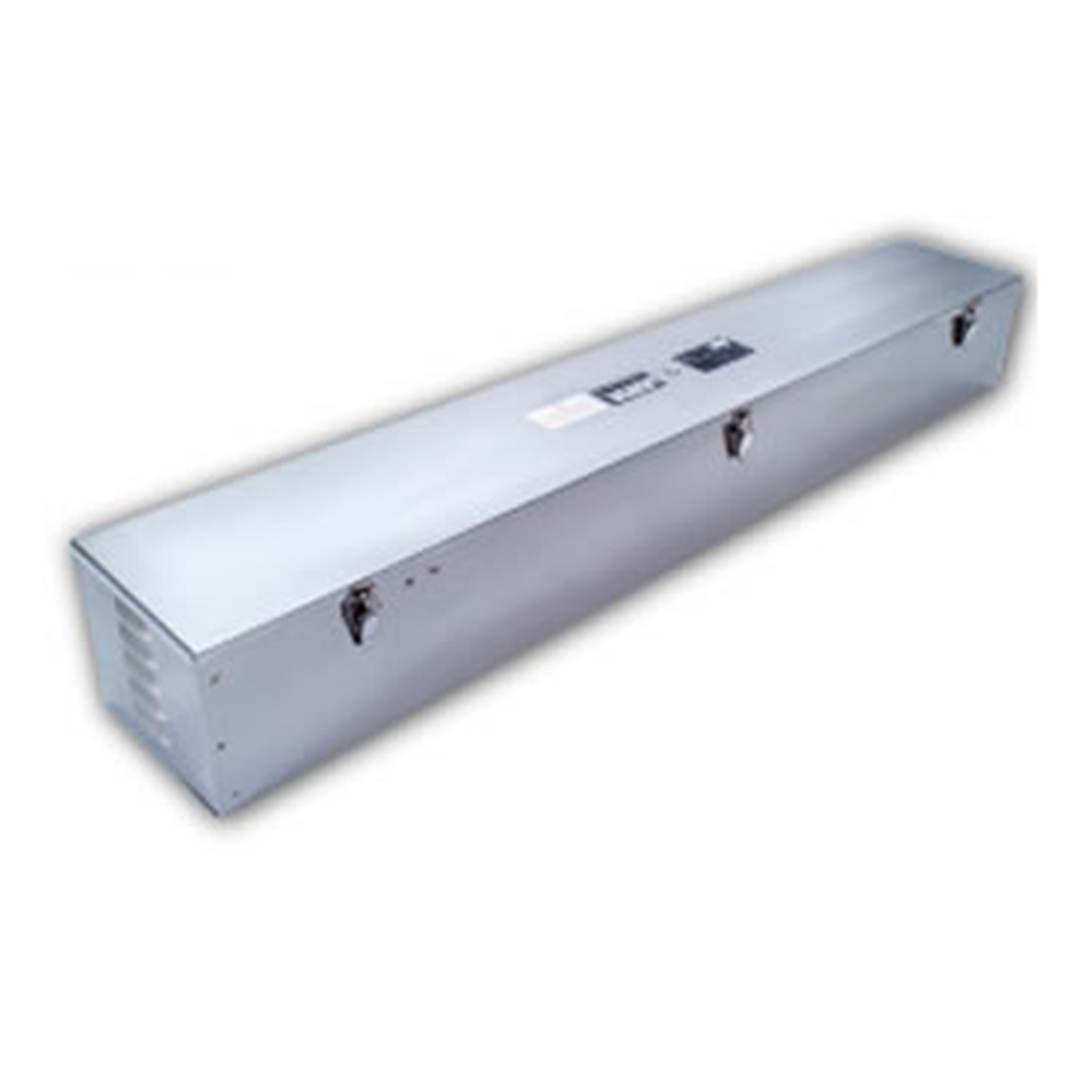 |
| American Ultraviolet® TB Series View product |
American Ultraviolet® CM Series View product |
American Ultraviolet® RAM Series Contact us |
| Coverage: Between 100 to 300 square feet | Coverage: 75 to 100 square feet | Coverage: 150 to 300 square feet |
| Price: Starting at $1,100 | Price: Starting at $680 | Price: Starting at $1,045 |
Luminii has a new approach to traditional UVC upper-air fixtures. Instead of using the traditional 254 nm wavelength, the Purifii fixtures use UVC LEDs in the 275 nm wavelength. Watch this video to see how it works.
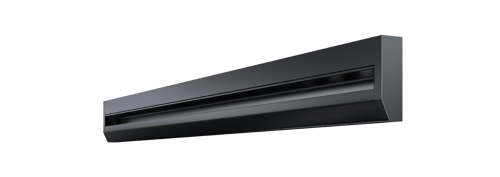 |
| Purifii by Luminii Contact us |
3. Consider different configurations
Step 3: Based on the square footage of your area and the product you'd like to use, it's time to consider the best configuration for your space.
Will one fixture cover the entire room, or will you have to use multiple fixtures? How will you stagger them to get optimal coverage?
A lobby or waiting area is going to be very different than an open area, like a bullpen.
For a smaller space, one fixture mounted in the center of the wall may be enough to cover the entire area, like in the image below.
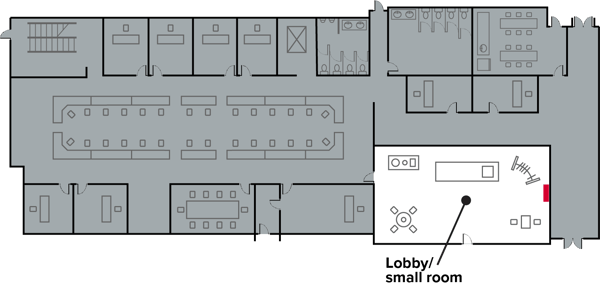
For a larger space, you may need more fixtures. In the example below, the configuration uses four fixtures total. The first two can be mounted on opposite walls. The second two can be mounted in the middle of the room, back-to-back.
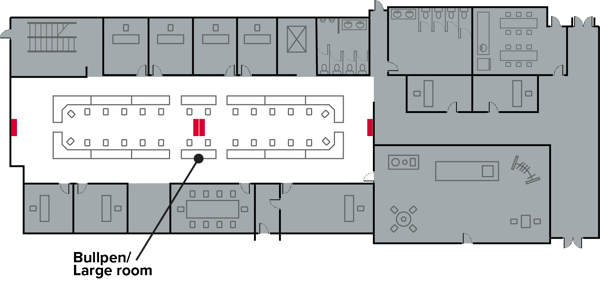
This will ensure the entire room is covered by the upper-air fixtures.
4. Find the exact specifications
Step 4: It's almost time to execute your project. But before you do, you need to make sure you have the exact specifications.
Germicidal UV fixtures are safe when they are used correctly. However, if you take a project like this into your own hands, you are assuming a high amount of risk.
It's extremely important for upper-room fixtures to emit UV-C in a specific area above our heads and to have proper coverage. If the fixtures are not mounted properly, there is a chance for exposure to humans or insufficient coverage to effectively disinfect in a space.
There are multiple factors that can contribute to upper-air installation, like the louvers on the fixture and reflective surfaces near the fixture. It's best to consult with a lighting specialist who can dial in the rest of the details for you.
Other options for air disinfection
Upper-air fixtures are not the only type of technology to disinfect the air in an occupied space.
The UV FAN by Light Progress has a two-step disinfection process to continuously reduce the number of pathogens in the air.
First, the UV FAN uses germicidal UV enclosed within the unit. Because the UV-C rays never reaches a surface, these fixtures are ideal for disinfecting the air in high-traffic areas like commercial, industrial, educational, health care, institutional, and other properties.
Second, there is a titanium dioxide (TiO2) nano-structured photocatalyst (TiOx®) filter. The germicidal UV inside the unit energizes the titanium dioxide filter to get rid of pathogens in the air, providing an extra layer of protection against bacteria and viruses.
 Maintenance on the products is relatively simple. You can replace the long-life lamps by removing the cover of the unit. The lamps are rated for 18,000 hours. The TiOx filters are unique and never have to be replaced.
Maintenance on the products is relatively simple. You can replace the long-life lamps by removing the cover of the unit. The lamps are rated for 18,000 hours. The TiOx filters are unique and never have to be replaced.
You have two options for the UV fan: a wall-mounted unit or a mobile unit. We will discuss the cost on these units below.
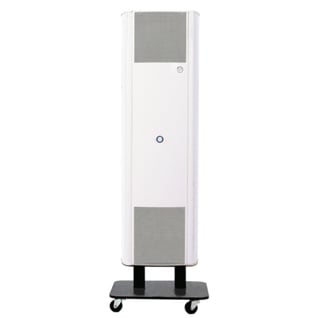 |
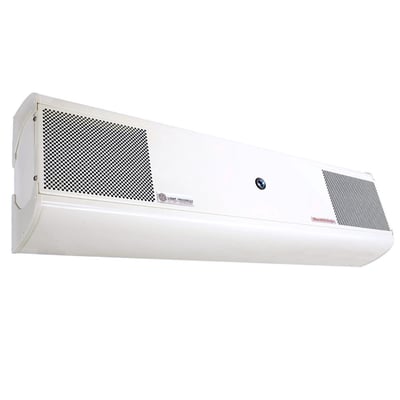 |
| Light Progress Portable UV FAN View product |
Light Progress Wall-Mount UV FAN View product |
| Coverage: Up to 430 square feet | Coverage: |
| Cost: Starting at $3,698 | Cost: Starting at $2,790 |
Other considerations for upper-room germicidal UV
While upper-air units are the most effective way to disinfect air in your building, pairing it with other cleaning options will give you the best chance for reducing transmission of COVID-19 and other pathogens.
You might consider using upper-room units in a busy, occupied space and mobile UV units in an area where there is down time.
Although UV is very efficient at disinfecting pathogens, it should not replace other routine cleaning measures like sanitizers and soaps or using personal protective equipment (PPE).
If you're ready to discuss the best options for your building, schedule a consultation with one of our lighting specialists. We can find a solution to help fight COVID-19 now and protect your building for years to come.
